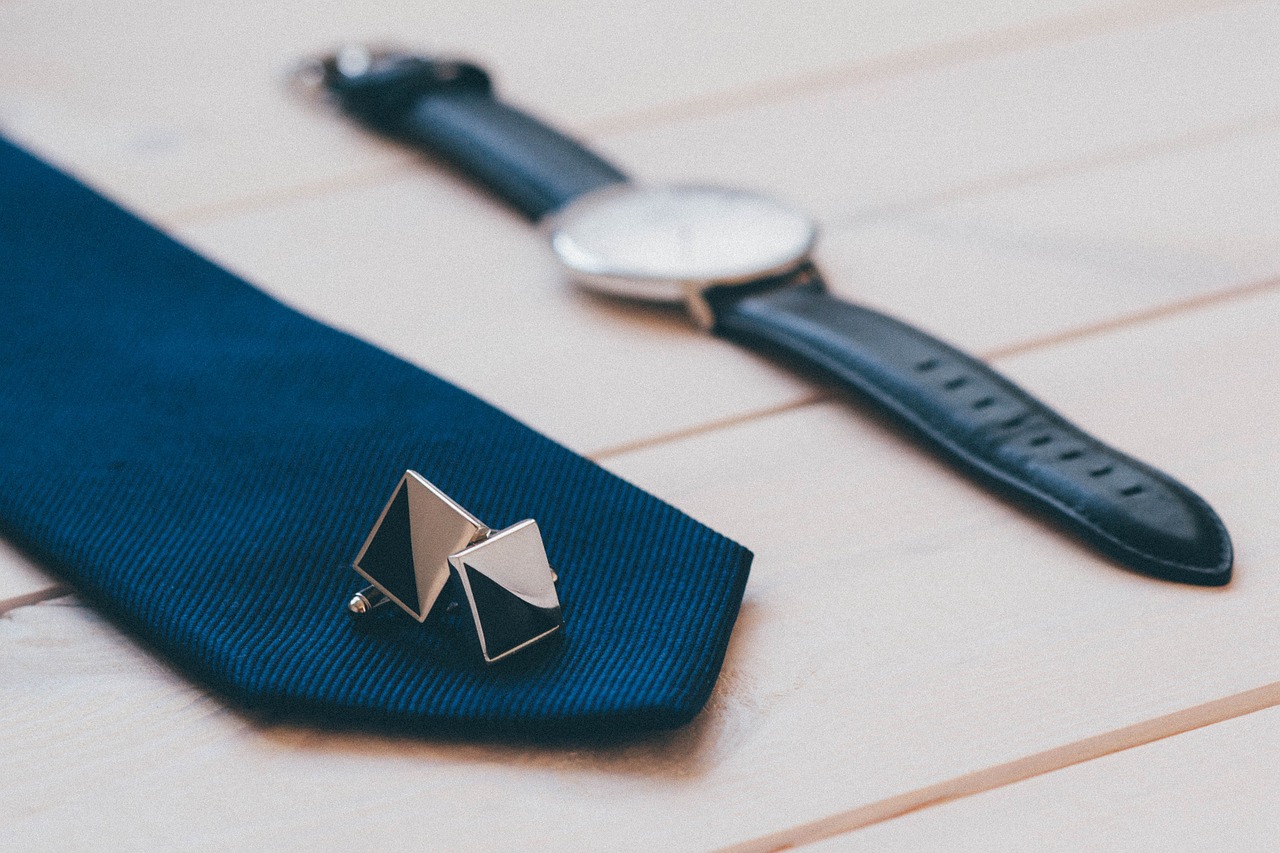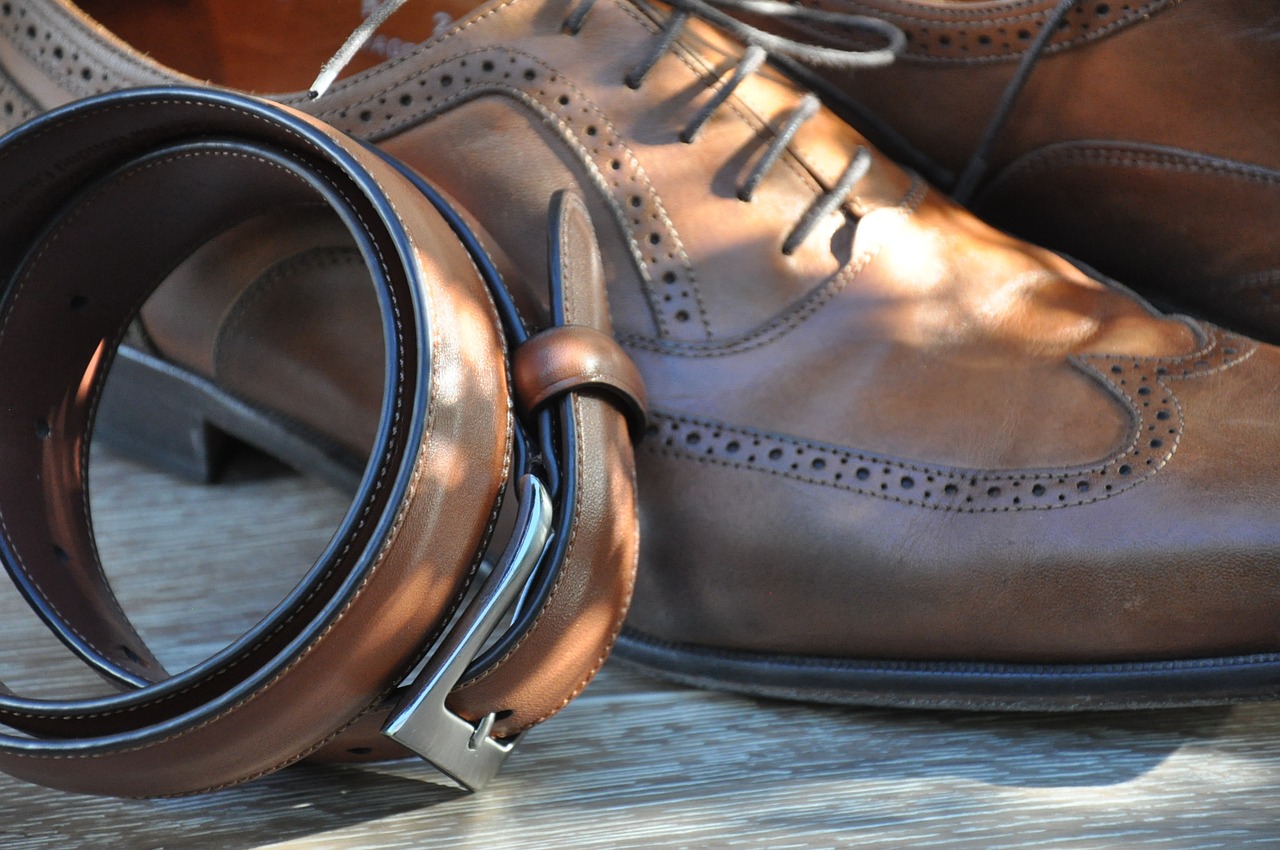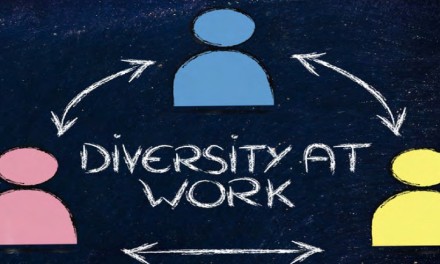About 14 million people, including me, watched the top Republican presidential contenders spar in their third debate Wednesday night. And while most pundits and viewers were attuned to their words, I noted the importance of what they wore – dark business suits, crisp button-down shirts, and formal dress shoes.
Their formal sartorial choices were likely motivated by a need to convey leadership and seem presidential in the eyes of viewers and potential voters. What if I told you that the effect of clothing is not just on others but also, according to emerging research in psychology and organizational behavior, on the wearer?
This was one of the findings from research I conducted with Wendy Mendes – who studies emotion at the University of California, San Francisco – examining how clothing influences a wearer’s behavior and even underlying biology.
The results may make you rethink your wardrobe.
SUITS VERSUS SWEATS
There is a large body of research indicating that humans (and non-humans) actively communicate their social status to others.
Highly dominant individuals might, for instance, try to convey their power by standing over coworkers. But few studies have examined how such symbols of status – be it a perch or item of apparel – have the potential to shift an individual’s behavior and hormones.
Our study reveals that the simple act of wearing clothing considered to convey a high social status can increase dominance and job performance in high-stakes competitive tasks.
In the study, published last year in the Journal of Experimental Psychology: General, we brought 128 men aged 18 to 32 – from diverse backgrounds and income levels – into our laboratory for a two-hour interaction with a stranger (a fellow participant). The men were divided evenly into two groups, “targets” and “perceivers.” The targets were randomly assigned to one of three experimental conditions: neutral, high status, and low status, regardless of their actual social status.
In the neutral condition (which included all perceivers), the participant completed the experiment in his own clothing. In the high-status condition, participants donned a business suit, buttoned shirt, slacks, and dress shoes purchased from Macy’s. In the low-status condition, participants wore sweat pants, plastic sandals, and a white t-shirt purchased from Walgreens. As justification for the clothing change, we explained to participants that the apparel had state-of-the-art physiology monitors and that the study was a venue for testing this equipment.
Once dressed, these participants entered a second room, where they met their partner (the neutral perceiver) for the first time. The two participants then engaged in a competitive negotiation in which they acted as chief financial officers of rival biotech companies tasked with coming to a consensus on the sale price of a valuable asset. Participants could improve their personal monetary gains in the experiment by negotiating for a more favorable price for their company. We then compared the negotiations between high-status v neutral, low-status v neutral, and neutral v neutral pairings.



BEHAVIOR AND BIOLOGY
Target participants in our study showed substantial differences in their behavior and even their biology as a function of the clothing change.
The suit-wearing participants gained on average more than US$2 million in profits during the negotiation, while their rival negotiators wearing neutral clothing were willing to forfeit $1.2 million (compared with a fair compromise value of the asset). The suit-wearing participants were also much less willing to concede ground during the negotiation, only moving off of their initial first offer by an average of $830,000. In contrast, their plain-clothes partners offered $2.17 million in concessions.
Target participants wearing sweatpants and sandals, by contrast, fared much more poorly, gaining just $680,000 over the asset’s fair value. And they offered steeper concessions from their initial offer, averaging $2.81 million.
These results suggest that high-status symbols can cause individuals to behave more dominantly – and in our role-playing negotiation, lead to higher profits and fewer concessions. Wearing low-status clothing, on the other hand, had the opposite impact. (Mark Zuckerberg’s success with his infamous hoodie and flip-flop ensemble seems more like either an outlier or an attempt to signal creativity and innovation.)
This sharp divergence could also be seen at the hormonal level. Testosterone levels in the low-status participants fell 20% from baseline measurement taken prior to the clothing change, while there was little or no change for those in suits or their own clothes.
Prior research indicates that men experience reductions in testosterone following the losing of competitive contests. In our experiment, the men wearing low-status clothing did not appear to feel like winners when measuring this dominance hormone and did not make significant profits relative to their partner.
WHAT’S IN A WARDROBE
These findings reveal the powerful ways in which the clothing we wear shapes who we are, both at a behavioral and biological level. This work also aligns with research conducted by independent labs across psychology and organizational behavior.
For instance, work published in 2012 in the Journal of Experimental Social Psychology found that college student participants wearing a lab coat exhibited increased attention to detail on cognitive tasks relative to those clad in a painter’s coat.
Similarly, research published recently in Social Psychological and Personality Science found that people who wear formal clothing more often tend to think more abstractly. For instance, they more creatively assigned objects to categories (eg, a camel is a form of transportation rather than simply an animal). Presumably, this is because the formality of such clothing creates a social distance that allows for big picture thinking without the distraction of details.
All this research indicates that our wardrobe choices might be a way for us to strategically nudge our own behavior in one direction or another.
For a person like me, who works at a job that requires the projection of authority and competence, wearing symbols of high social status like a suit and tie might be a simple way to boost an aura of dominance. For others, in jobs that require teamwork and compromise, avoiding these high-status symbols might smooth relationships and enhance cooperation.
And for politicians, they’ll likewise put on a suit in a debate to convey power and experience, but go with jeans and a more casual shirt when glad-handing voters in Iowa.
What is clear from these findings is that simple choices about what to wear can be made thoughtfully, with an eye toward increasing success, improving job performance, and earning respect in the eyes of others.










